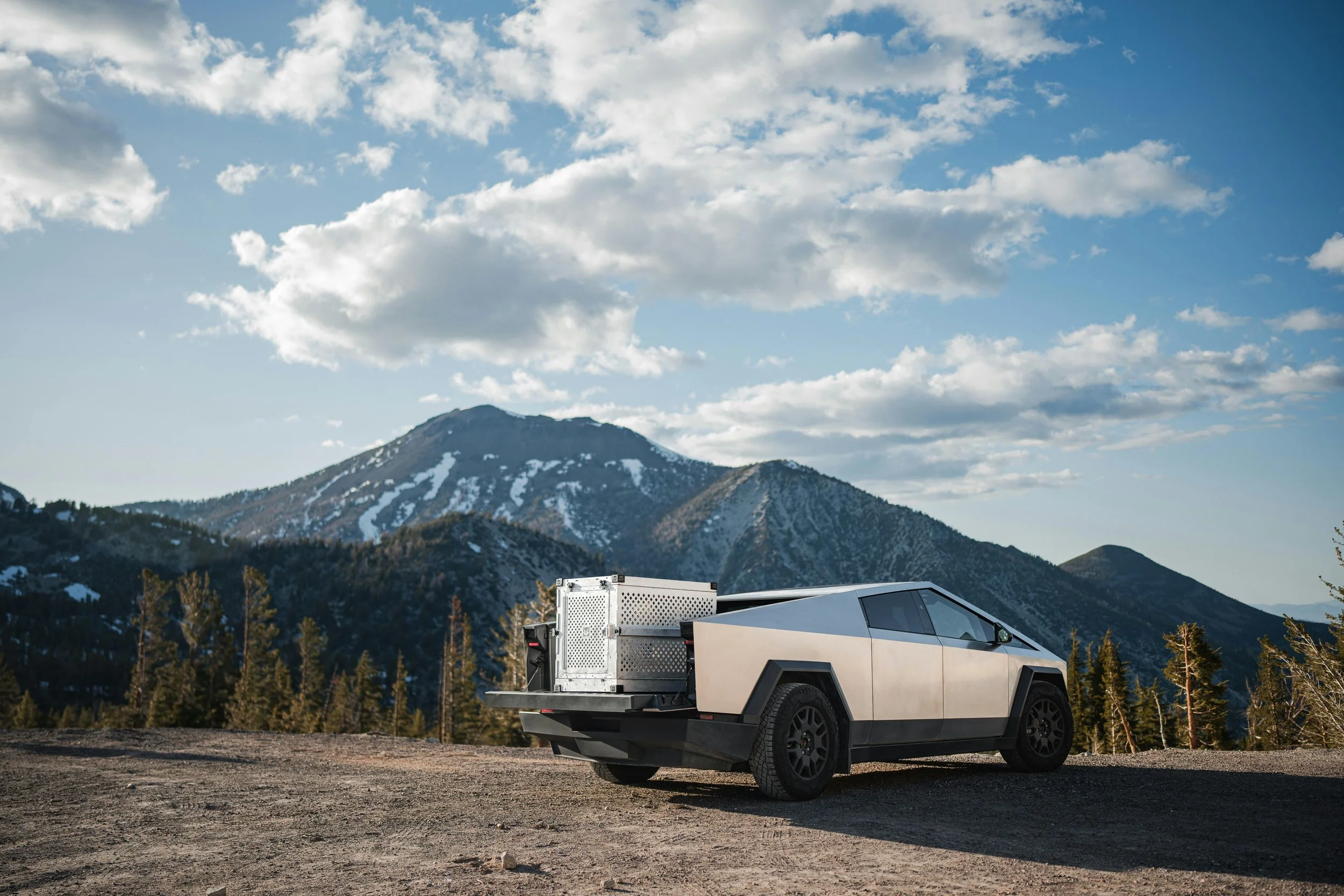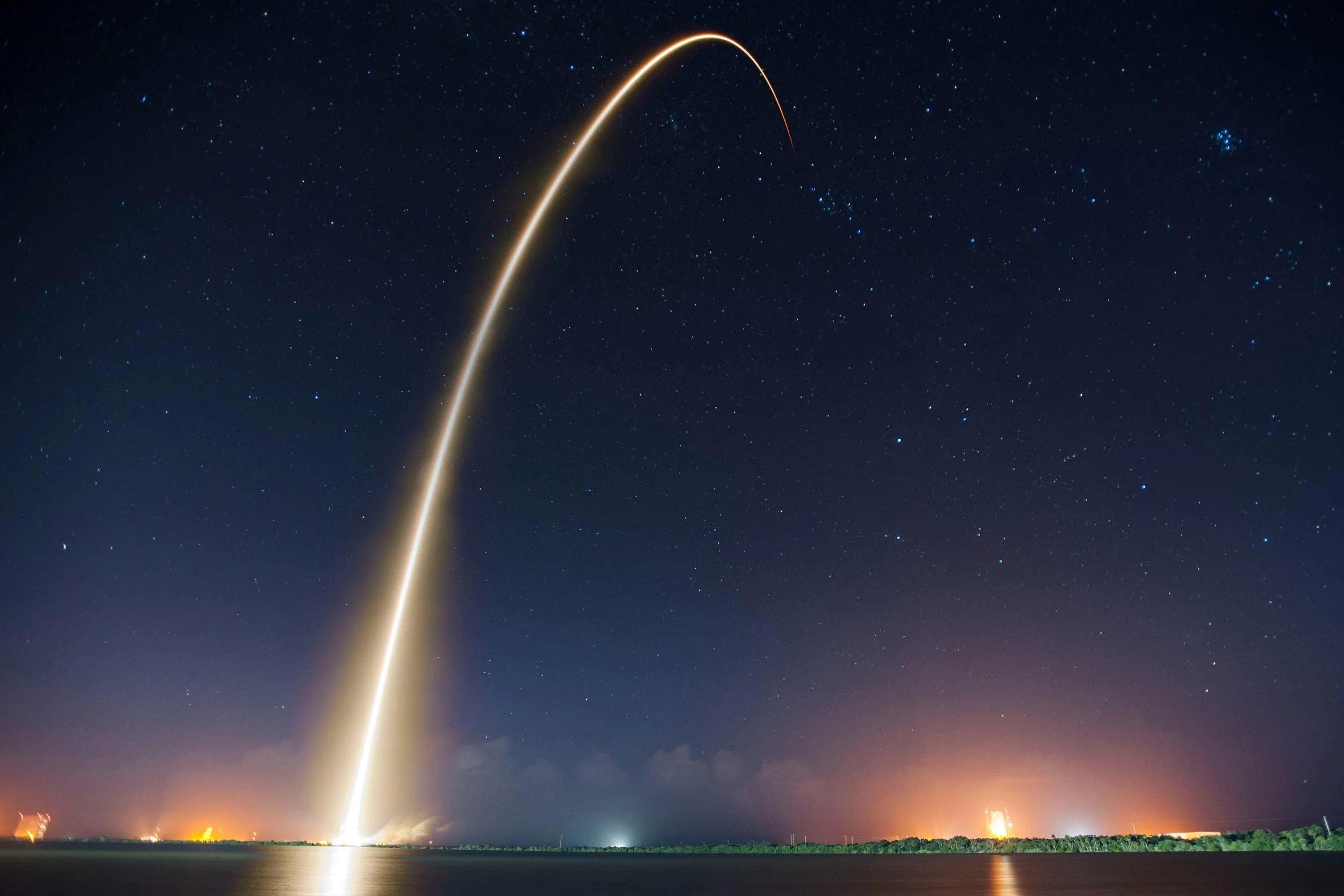Case Study FOURTEEN
Elon Musk’s Interplanetary Capstone
‘His North Star Mission’
“I want to die on Mars… just not on impact”
“Getting to Mars will be risky, dangerous, uncomfortable. But it will be the greatest adventure ever – ever in human history.”
— Elon Musk
INTRODUCTION
In 1987, at the age of 14, Elon Musk made the bold decision he wanted his mission to be saving humanity. It’s been the underlying driving force of all that he has done since.
Strip away the noise and you find a single first principle, based on a philosophy of hope, curiosity and planetary redundancy...
He believes if humanity is to endure, and human consciousness is to expand, we cannot be a single-planet species, therefore, what matters is that we not only get to Mars, but that Mars is self-sustaining. That we are a truly multi-planet species, so that we achieve planetary redundancy. This is Musk’s North Star.
“Humans can’t survive on earth indefinitely. We need to be space faring species. There is a window of opportunity for life to go beyond earth but who knows how long that window will be open”. For Musk, Mars is possible “something I believe we can do in our lifetimes”.
“We should do everything possible to ensure that life on Earth is great but there is always some risk of an annihilation event on Earth. Either self-annihilation or some natural disaster. So the probable life span of consciousness increases dramatically as soon as we are a multi-planet species with the key being can Mars survive if the resupply ships stop coming”.
“Getting to Mars will be risky, dangerous, uncomfortable. But it will be the greatest adventure ever – ever in human history.”
Yes, Musk is divisive and a complex character. Not everyone’s cup of tea. However, his Interplanetary Capstone is already making an outsized impact on Earth irrespective of whether it gets us to Mars. And having such as clear, inherently optimistic and extreme north star has been the key. Some dismiss it as chaos, believing he is just a bull in a china shop. Look closely and you see pattern, playbook and purpose…
CORNERSTONE
As a child, Musk devoured science fiction and engineering manuals to fuel his curious mind. By the age of 8, he had read the entire Encyclopaedia Britannica. Like Bill Gates, Musk learnt BASIC computer programming growing up. The course usually takes six months, Musk learned it in three days.
Musk cites the early influence of Asimov’s Foundation and Douglas Adams’s The Hitchhiker’s Guide to the Galaxy, which seeded a conviction that civilisation’s survival depended on expanding beyond Earth.
KEYSTONE
Musk went to Stanford to do a PhD but left after two days, cutting short a cornerstone phase and moving directly to keystone achievements. He felt the internet had more potential to change society than physics.
Before he was thirty he had sold his company Zip2 for $22m and then PayPal gave him a new level of both wealth and confidence. Tesla gave him credibility, proving he could build world-changing companies in entrenched industries. Each keystone wasn’t about money or cars, but about learning how to engineer mass adoption, raise capital, and bend scepticism into belief. His ventures were often ridiculed until he proved, via engineering, that something industry-changing was possible.
Over time, he has built a portfolio that can fuel its own momentum. Revenues, capital, and technologies cross-pollinate. Look at the pattern and you realise there is a playbook.

THE MUSK PLAYBOOK
Starting from the first principle of what a self-sustaining city off-world would need, Musk now follows a seven-move method:
Identify what is essential for a self-sustaining city on Mars (energy, transport, construction, communications, robotics, life support).
Find the product where smart engineering can collapse costs versus incumbents
Go all in on the infrastructure that holds the keys
Build proof of concept with a minimal viable product.
Win contracts that secure revenues with both governments and private partners to share the risks (ensuring you communicate the risks along the way like exploding rockets)
Scale at giga proportions to drive economies of scale.
Fuel and drive a portfolio effect.

CAPSTONE
Like a few other billionaires (Bezos, Branson and Bigelow), Musk has come to conclusion that to save humanity we need to go to become a multiplanetary species but unlike the billionaires, has set his sights a bit further than the rest, namely on Mars.
SpaceX is probably the clearest manifestation of his north star, but it is part of a constellation. The Capstone is not a company, it is a mission. A self-sustaining city on Mars, capable of thriving if the resupply ships stop. His companies: Space X: space transport, Tesla: transport, Starlink: communications, Solar City: energy, The Boring Company: construction, Neuralink: brain interfaces and medical devices, Twitter/ X Corp: AI all align to the north star – which does not change, it just gets clearer.
Next, he is leveraging his vast infrastructure around data centres, computing power and gigafactories for Optimus – a humanoid robot designed to take on repetitive, dangerous or boring tasks.

TO CONCLUDE
It is still feasible that Musk will be the first human to set foot on Mars. Perhaps he retires on Mars after colonising it. Perhaps he will decide on a new passion project once he sits down and takes a step back on Mars and thinks… what next?
“I want humanity out there exploring the stars, maybe meeting alien civilisations. I want to know what’s going on. We must expand the scope and scale of consciousness. We want to grow and extend humanity.
“It’s one of those things that’s a reason to live. Life can’t just be solving one miserable problem after another. There have to be reasons where you wake up in the morning and you look forward to being alive. And you are excited about the future. That’s, I think, what Mars represents most to me. It’s seeing what the universe is all about”.


